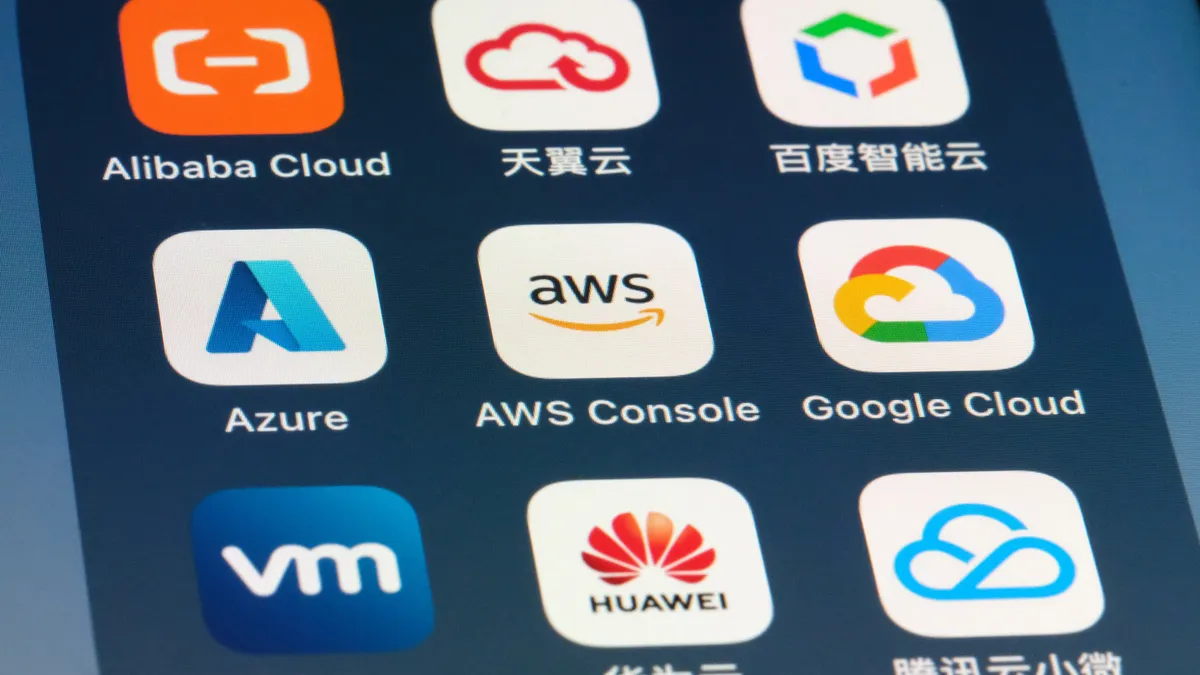Evolution is the only constant IT leaders can expect in their line of work. Technologies advance and change quickly, but so do economic conditions and the kind of support companies require.
With teams and companies more settled in their pandemic-era routines, 2022 offers a chance to apply more foresight to IT functions. Budgets will have room for more experimentation, as companies expect their IT units to help accelerate economic growth.
Next year, Forrester expects technology budgets to grow 6% in 2021, an uptick driven by global economic growth and industry recovery.
"We're just seeing strong overall growth from a macro perspective in terms of people using technology, accelerating a lot of the digital transformation investments that have been maybe on the plan, but now they're accelerating," said Matt Guarini, VP, senior research director at Forrester.
On Tuesday, Forrester released a set of predictions on the outlook of tech leadership and how the budget increase will influence CIO actions. Here's what to look out for in the year ahead:
Human-centered transformation
IT's role as a back-office function is long gone. Companies are wise to how technology supports their connection with stakeholders, from employees to customers. Next year, leaders will direct their investments with humans in mind.
In 2022, Forrester expects 10% of tech executives, those at top-performing companies, will focus investments on human-centered tech initiatives at three times the rate of their competitors, according to Forrester projections.
More and more leaders will use customer experience (CX) and employee experience (EX) as key investment drivers, according to Guarini. That 10% of executives "are the people that get this, and are already moving in that direction," Guarini said.
Response to tech talent crunch
The pre-pandemic tech talent crunch is starting to look mild when compared to current conditions. IT sector attrition and minimal unemployment levels are putting strain on major tech initiatives, with organizations struggling to attract and retain talent.
The talent market dynamics at play "will also result in an exodus as their best tech employees seek out truly future fit places to work, leaving with both their skills and their business and technical knowledge of how those firms operate," according to a Forrester report.
The companies best prepared to weather the crunch will rely on their tool stack to respond, using cloud-first and platform-based architectures and adopting low-code/no-code solutions in the year ahead, Forrester projects. This response will reduce their need for the most advanced technical skills.
Worsening tech debt
Technology led COVID-19 operation changes, from moving employee onboarding to the virtual realm to spinning up new online business models.
Companies accumulated technical debt in the aftermath of their technology implementation in 2020 and many organizations still have problems left to address as companies adapt to ongoing change. Forrester is expecting the rapid acceleration of technology will worsen tech debt for 60% of firms.
Lots of technology changes "are not delivering long-term value and they're also not delivering value that's integrated across the company," Guarini said. There's also the temptation of technological backslide, or going back to the old ways of thinking as the pandemic eases.
"We think that that's a bit of a risk," Guarini said.
CIOs face more revenue goals
The scope of the CIO role has steadily moved closer to the customer and revenue side of the business. The executive provides technology-driven business insight, and advises the company on how to use the tools at its disposal for market gains.
Now, businesses will begin to measure the performance of CIOs not just by projects they complete but by tracking specific revenue streams. Forrester is projecting 10% of tech execs will begin to have their performance evaluated based on revenue.
Some companies are actively "trying to integrate technology and the business as seamlessly as possible, and so they believe that giving targets to their tech leaders as well as the business leaders will drive more of that alignment," Guarini said.
Product transformation failures
Moving to a product model has become the norm for digital initiatives. But Forrester projections say half of companies will struggle to make that switch due to stagnant operation models.
"'We're going to a product model'" has become the fashionable trend, Guarini said. While over 40% of tech organizations will adopt a product-centric delivery model next year, about half of those attempts will fail.
"We think you're going to end up with just another organization that's not delivering for the business," Guarini said.






















